Mechanical Performance and Quality Requirements of Seamless Steel Pipes
Mechanical performance indicators
The mechanical properties of steel are important indicators to ensure the final performance (mechanical properties) of steel. It depends on the chemical composition and heat treatment system of the steel. In steel pipe standards, tensile properties (tensile strength, yield strength or yield point, elongation), hardness and toughness indicators are specified according to different usage requirements, as well as high and low temperature properties required by users.
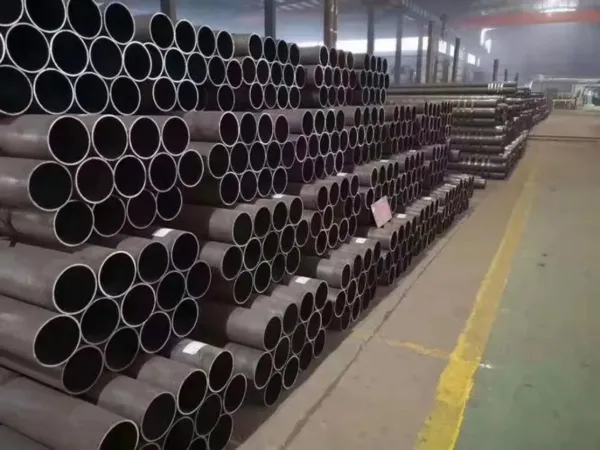
①Tensile strength (σb)
During the stretching process, the maximum force (Fb) that the sample endures when it breaks is divided by the original cross-sectional area (So) of the sample. The stress (σ) is called the tensile strength (σb). The unit is N/mm2 (MPa). It represents the maximum ability of a metal material to resist damage under tension.
②Yield point (σs)
For metal materials with yield phenomenon, the stress at which the sample can continue to elongate without increasing (remaining constant) force during the stretching process is called the yield point. If the force decreases, the upper and lower yield points should be distinguished. The unit of yield point is N/mm2 (MPa).
Upper yield point (σsu): the maximum stress before the specimen yields and the force decreases for the first time; Lower yield point (σsl): the minimum stress in the yield stage when the initial instantaneous effect is not considered.
The formula for calculating the yield point is:
In the formula: Fs--yield force (constant) during the tensile process of the sample, N (Newton) So--original cross-sectional area of the sample, mm2.
③Elongation after break (σ)
In the tensile test, the percentage of the increased length of the gauge length of the specimen after it is broken to the original gauge length is called elongation. Expressed by σ, the unit is %. The calculation formula is: σ=(Lh-Lo)/L0*100%
In the formula: Lh--the gauge length of the sample after breaking, mm; L0--the original gauge length of the sample, mm.
④Area shrinkage (ψ)
In the tensile test, the percentage of the maximum reduction in the cross-sectional area at the reduced diameter after the specimen is broken and the original cross-sectional area is called the reduction of area. Expressed by ψ, the unit is %. Calculated as follows:
In the formula: S0--original cross-sectional area of the sample, mm2; S1--minimum cross-sectional area at the reduced diameter after the sample is broken, mm2.
⑤Hardness index
The ability of a metal material to resist the indentation of the surface by hard objects is called hardness. According to different test methods and application scope, hardness can be divided into Brinell hardness, Rockwell hardness, Vickers hardness, Shore hardness, microhardness and high temperature hardness. There are three commonly used hardnesses for pipes: Brinell, Rockwell, and Vickers hardness.
A. Brinell hardness (HB)
Use a steel ball or carbide ball of a certain diameter to press into the sample surface with the specified test force (F). After the specified holding time, remove the test force and measure the indentation diameter (L) on the sample surface. Brinell hardness value is the quotient obtained by dividing the test force by the surface area of the indented sphere. Expressed in HBS (steel ball), the unit is N/mm2 (MPa).
The calculation formula is:
In the formula: F--the test force pressed into the surface of the metal sample, N; D--the diameter of the test steel ball, mm; d--the average diameter of the indentation, mm.
The measurement of Brinell hardness is more accurate and reliable, but generally HBS is only suitable for metal materials below 450N/mm2 (MPa), and is not suitable for harder steel or thinner plates. Among steel pipe standards, Brinell hardness is the most widely used. The indentation diameter d is often used to express the hardness of the material, which is both intuitive and convenient.
Example: 120HBS10/1000/30: It means that the Brinell hardness value measured by using a 10mm diameter steel ball under the test force of 1000Kgf (9.807KN) and holding it for 30s (seconds) is 120N/mm2 (MPa).
Quality requirements
①Chemical composition of steel: The chemical composition of steel is one of the most important factors affecting the performance of seamless steel pipes. It is also the main basis for formulating pipe rolling process parameters and steel pipe heat treatment process parameters.
a. Alloying elements: intentionally added, according to purpose
b. Residual elements: brought in from steelmaking, properly controlled
c. Harmful elements: strictly controlled (As, Sn, Sb, Bi, Pb), gases (N, H, O)
Out-of-furnace refining or electroslag remelting: improve the uniformity of the chemical composition of the steel and the purity of the steel, reduce non-metallic inclusions in the tube blank and improve its distribution pattern.
②Steel pipe geometric size accuracy and shape
a. Steel pipe outer diameter accuracy: depends on the diameter determination (reduction) method, equipment operation conditions, process system, etc.
Allowable deviation of outer diameter δ=(D-Di)/Di ×100% D: Maximum or minimum outer diameter mm
Di: nominal outer diameter mm
b. Steel pipe wall thickness accuracy: It is related to the heating quality of the tube blank, the process design parameters and adjustment parameters of each deformation process, the tool quality and its lubrication quality, etc.
Allowable deviation of wall thickness: ρ=(S-Si)/Si×100% S: maximum or minimum wall thickness on cross section
Si: nominal wall thickness mm
C. Steel pipe ovality: indicates the degree of out-of-roundness of the steel pipe.
d. Steel pipe length: normal length, fixed (multiple) ruler length, length tolerance
e. Steel pipe curvature: Indicates the curvature of the steel pipe: curvature per meter of steel pipe length, curvature of the entire length of the steel pipe
f. Steel pipe end face slope: Indicates the degree of inclination between the steel pipe end face and the steel pipe cross section
g. Steel pipe end bevel angle and blunt edge
Steel pipe surface quality: surface smoothness requirements
a. Dangerous defects: cracks, inward folds, outward folds, rolling breaks, delamination, scarring, dents, convex bulges, etc.
b. General defects: pockmarks, green lines, scratches, bruises, slight inside and outside straights, roller marks, etc.
cause:
① Caused by surface defects or internal defects of the tube blank.
② Caused during the production process, such as incorrect design of rolling process parameters, uneven mold surface, poor lubrication conditions, and unreasonable pass design and adjustment.
③ During the heating, rolling, heat treatment and straightening process of the tube blank (steel pipe), if excessive residual stress is generated due to improper heating temperature control, uneven deformation, unreasonable heating and cooling speed or excessive straightening deformation, then It may also cause surface cracks in steel pipes.
1. Steel management properties: normal temperature mechanical properties, high temperature mechanical properties, low temperature properties, corrosion resistance. The physical and chemical properties of steel pipes mainly depend on the chemical composition of the steel, the organizational structure and the purity of the steel, as well as the heat treatment method of the steel pipe.
2. Steel pipe process performance: flattening, flaring, curling, bending, welding, etc.
3. Metallurgical structure of steel pipe: low-magnification structure (macro), high-magnification structure (micro) M, B, P, F, A, S
4. Special requirements for steel pipes: contract attachments and technical agreements.
Seamless steel pipe quality inspection methods:
1. Chemical composition analysis: chemical analysis method, instrumental analysis method (infrared C-S instrument, direct reading spectrometer, zcP, etc.).
① Infrared C-S meter: Analyze ferroalloys, steelmaking raw materials, and C and S elements in steel.
②Direct reading spectrometer: C, Si, Mn, P, S, Cr, Mo, Ni, Cn, A1, W, V, Ti, B, Nb, As, Sn, Sb, Pb, Bi in bulk samples
③N-0 meter: gas content analysis N, O
2. Steel pipe geometric dimensions and appearance inspection:
① Steel pipe wall thickness inspection: micrometer, ultrasonic thickness gauge, no less than 8 points at both ends and recorded.
② Steel pipe outer diameter and ovality inspection: caliper, vernier caliper, ring gauge, measure the maximum point and minimum point.
③Steel pipe length inspection: steel tape measure, manual and automatic length measurement.
④ Steel pipe curvature inspection: Use a ruler, level (1m), feeler gauge, and thin wire to measure the curvature per meter and the curvature of the entire length.
⑤ Inspection of steel pipe end bevel angle and blunt edge: square ruler and clamping plate.
3. Steel pipe surface quality inspection: 100%
① Manual visual inspection: lighting conditions, standards, experience, markings, steel pipe rotation.
②Non-destructive testing inspection:
a. Ultrasonic flaw detection UT:
It is sensitive to surface and internal crack defects of uniform materials of various materials.
Standard: GB/T 5777-1996 Level: C5
b. Eddy current flaw detection ET: (electromagnetic induction)
Mainly sensitive to point-like (hole-shaped) defects. Standard: GB/T 7735-2004
Level: B level
c. Magnetic particle MT and magnetic flux leakage inspection:
Magnetic flaw detection is suitable for detecting surface and near-surface defects of ferromagnetic materials.
Standard: GB/T 12606-1999 Level: C4
d. Electromagnetic ultrasonic flaw detection:
No coupling medium is required, and it can be used for surface flaw detection of high-temperature, high-speed, rough steel pipes.
e. Penetrant inspection:
Fluorescence, coloring, and detection of surface defects in steel pipes.
4. Steel management performance inspection:
① Tensile test: measure stress and deformation, and determine the strength (YS, TS) and plasticity index (A, Z) of the material
Longitudinal and transverse specimens, pipe sections, arc-shaped and circular specimens (¢10, ¢12.5)
Small diameter thin wall steel pipe, large diameter thick wall steel pipe, fixed gauge length.
Note: The elongation of the sample after breaking is related to the size of the sample GB/T 1760
②Impact test: CVN, notched C-type, V-type, work J value J/cm2
Standard sample 10×10×55 (mm) Non-standard sample 5×10×55 (mm)
③Hardness test: Brinell hardness HB, Rockwell hardness HRC, Vickers hardness HV, etc.
④Hydraulic test: test pressure, pressure stabilization time, p=2Sδ/D
5. Steel pipe process performance inspection process:
① Flattening test: round specimen C-shaped specimen (S/D greater than 0.15) H= (1+2) S/(∝+S/D)
L=40~100mm Deformation coefficient per unit length=0.07~0.08
② Ring pull test: L=15mm, no cracks, it is qualified
③Expansion and curling test: top-center taper is 30°, 40°, 60°
④Bending test: can replace the flattening test (for large diameter pipes)
6. Metallurgical analysis of steel pipe:
①High-power inspection (microscopic analysis): non-metallic inclusions 100x GB/T 10561 Grain size: grade, grade difference
Organization: M, B, S, T, P, F, A-S
Decarburization layer: inner and outer.
Method A rating: Class A - sulfide, Class B - oxide, Class C - silicate, D - spherical oxidation, Class DS.
②Low magnification test (macroscopic analysis): naked eye, magnifying glass 10x or less.
a. Acid etching test method.
b. The tube blank inspection by sulfur print inspection method shows low culture structure and defects, such as looseness, segregation, subcutaneous bubbles, skinning, white spots, inclusions, etc.
c. Tower-shaped hairline inspection method: Check the number, length and distribution of hairlines.
At BAOWI Steel, we pride ourselves on delivering high-precision seamless steel pipes that meet or exceed global standards such as ASTM, API, EN, and GB. With advanced production lines, rigorous quality control systems, and comprehensive inspection procedures — including ultrasonic testing, eddy current testing, and hydraulic testing — we ensure every pipe that leaves our factory is flawless in performance and reliability.






 English
English Español
Español بالعربية
بالعربية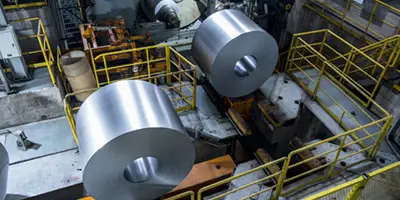

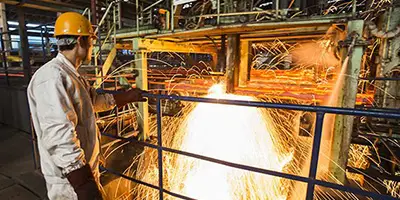
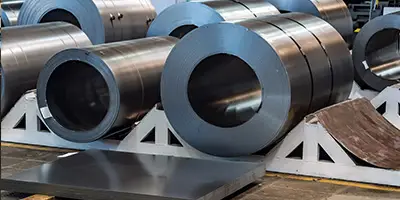

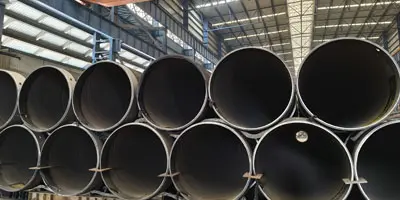
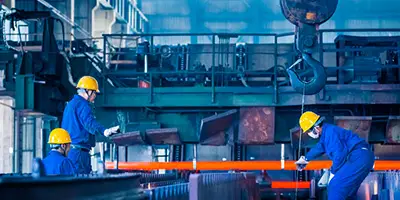
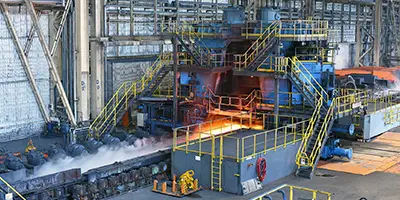
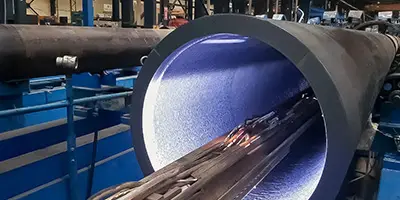
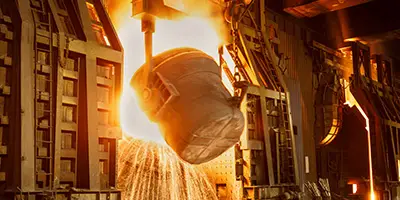
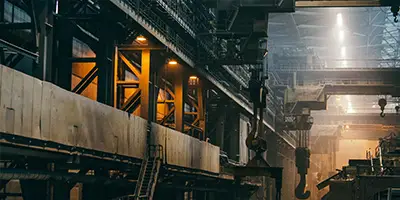

 Phone :
Phone :  Whatsapp :
Whatsapp :  Email :
Email : 


